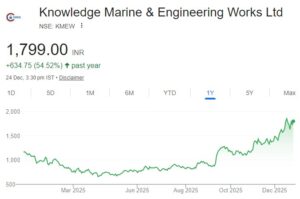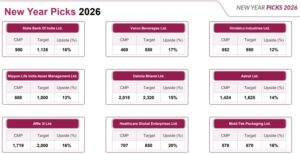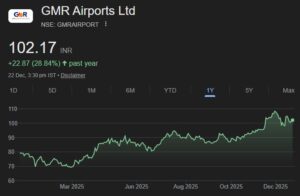Are you afraid of the stock market and therefore forced to invest in debt funds for an assured return? Yet tempted by the stock market. Can’t avoid the nagging feeling that by not investing in the stock market, you are missing out on great returns?
Well, welcome to the world of structured debt products, now available at your friendly neighborhood bank.
What it is?
These are debt-like securities backed by a guarantor (bank or other financial institution).
Like a debt instrument, the structure has a face value, a term to maturity and a return of principal (either wholly or partially) at maturity.
Broadly, the instrument guarantees that the investor will get a minimum return on his investment at the end of the tenure (say, three years, the return being 24% or 8% per year).

In addition (and this is the most interesting part), the instrument promises the investor that if the Nifty rises from the prevailing level (say, 5,000) to say, 7,000 at the end of the period, a certain percentage of the gain (say 45%) shall be passed on to the investor.
What if the Nifty plummets to 4,000 at the end of the period? Well, the investor sits pretty. He has nothing to do with the loss. He gets his guaranteed return of 24%.
Okay, gimme more:
There are mainly two types of structured products:
1. The CPPI DPI (constant proportion portfolio insurance dynamic portfolio insurance) type of structured products:
2. The Bond plus option type of structured product (BPOS):
CPPIDPI structure: In this type of a structure, initially 100% of proceeds are invested in underlying equity based investments. In the event of weak returns, the manager who is actively managing the structure pulls some portion of that capital from equities and assigns it to a zero coupon bond whose function is to deliver the investor his principal at maturity. The investment is structured so there is usually enough capital to afford buying the guarantee (zero coupon bond) throughout the life of the investment, thus assuring a return of principal.
BPOS: This type of structure is very popular in India.
But what’s the difference between the two?
We’ve identified the principal differences between the CPPI type of structure and BPOS:
(1) In the BPOS, the portfolio is not actively managed as compared to the CPPI portfolio.
(2) In the BPOS, the division of corpus between bonds and equity linked instruments happens at the beginning of the structure.
The equity linked instruments could be derivatives such as calls or puts. The derivative portion is the one that promises returns in excess of the guarantee, while the bond portion ensures that the investor gets back his principal.
Okay, what are the risk factors?
(i) Rating: The rating of the underlying security. The “guarantee” given to you depends on the credit-worthiness of the guarantor. So don’t even look at instruments that carry less than a AAA or AA+ rating;
(ii) Load charges: Make sure there are no hidden charges or fees. Typically, there will be an upfront management fee (2.5% or 3%). Some issuers may charge a variable fee depending on the return to you.
(iii) Lock-in period: The instruments have a lock-in period of 3 to 5 years. Make sure that the assured return to you is proportionally higher depending on the lock-in period.
(iv) Liquidity: All issuers assure that the instruments will be listed on a stock exchange but whether it will have any liquidity or not is anybody’s guess. Also, the market price of the instruments will depend on variables such as the state of the stock markets at that time, the prevailing interest rates etc.
(v) Minimum amount: On average, the minimum size of the investment ranges from Rs. 5 lakhs to Rs. 25 lakhs.
Okay, so what kinds of investors should be interested in these instruments?
All investors sitting on the fence, unsure whether the stock market is the right place for them should go in for investment. If your money had been in a fixed deposit or a debt mutual fund, you would have earned 8%, right? You get the same here with an upside if the stock market performs. You get the best of both worlds!
Other investors with low risk appetite should also look at this instrument.
Of course, if you are (like us) an investor who believes that the market will, over a three to five year time period, out-perform such a defensive strategy makes no sense. You should instead invest in our top ten stocks using the investment strategy outlined here.





